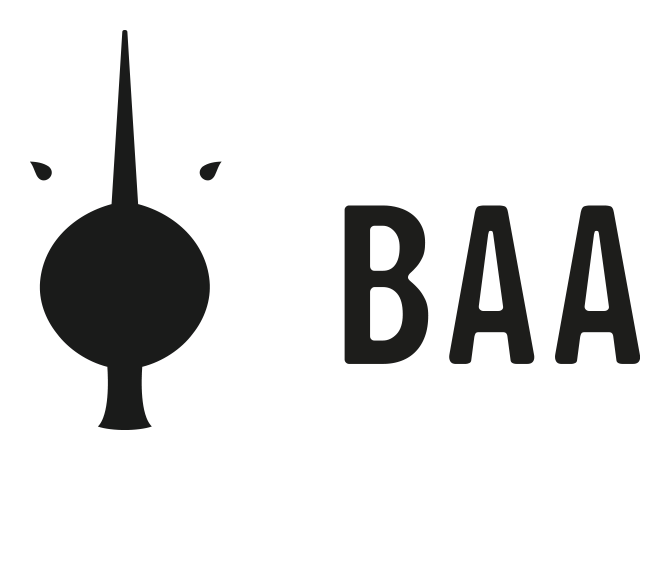
Artists
Andreas Schiller
Andreas Schiller was born in 1963 in Berlin. Between 1985 – 1991 he studied at the Academy of Art and Design, Burg Giebichenstein (Kunsthochschule Halle). In 1989 he studied for a semester at the Art University in Tallinn (Estonia) and completed in 1994 a post graduate course in 3-D computer animation at the media center of the Burg Giebichenstein Kunsthochschule Halle.
With a lot of knowledge in his background, he was one of the most famous members of the Tacheles Arthouse and belongs to the first generation of the New Leipziger School. He was a source of inspiration for the Tacheles artists. But at the same time, the artists from Tacheles taught him a lot.
He starts to be renowned in the mid-1990s, especially for his endless repetition of apples: “Schiller began reducing his pictorial objects to a minimal structure – that of a single apple which, […] lies well illuminated on a vaguely defined surface. He repeated this elementary motif against a background that alternated between black and white, creating a square image configured like a checkboard featuring nine apples. These he joined in ever new combinations to form large serial paintings and eventually an Apple Panopticon that filled entire walls and even whole rooms. […] His Apple Panopticon is regarded today as the most copious series of paintings ever created by a single artist[…].”
“In 2003 the artist abandoned the serial repetition of a motif in favor of its opposite and turned to painting all conceivable icons of the history of culture and art, on the one hand, and of the world of mass media and consumption, on the other. Motifs from Hieronymus Bosch appear alongside others from Rembrandt, Caspar David Friedrich, Vincent Van Gogh [or] Andy Warhol […].” Star Wars figures meet Muppet Show figures or McDonald’s fast food. “Hundreds of paintings featuring thousands of individual motifs come together like a tidal wave.”
In 2008 the Italian fashion designer Donatella Versace came to Berlin for the purpose of recruiting a Berlin artist as a coproducer for a fashion collection. Donatella entered the Tacheles Arthouse, where she met a famale dog. This dog was Pivo, the pet and the model of Tim Roeloffs. In this moment Donatella decided to create her collection in collaboration with Roeloffs, and with his photomontage where Pivo was appearing again and again. The art from Roeloffs began to turn up on Versace dresses a few months later, and his name became known worldwide through the mass media. So the little dog Pivo had achieved a miracle in the media world and, in return, was declared a saint by Schiller and Roeloffs in 2009. Since then, Andreas Schiller has been producing icons themselves in keeping with a long-standing tradition.
“Schiller places [saint icons like Saint Dog Pivo or Kermit the frog] amongst the clouds, high above an entirely artificial landscape composed of props representing famous sights from all over the world and references from the media and art history. [….] The artist plans to enclose the nine panels in a refrigerated vacuum box in order to preserve it for all time as an analog storage medium for the cultural visual memory. Thus Schiller’s ultimate image is an existing, yet invisible work. The equally symbolic and realistic painting coffin is to be exhibited publicly in Mies van der Rohe’s glass hall at the Neue Nationalgalerie in Berlin. In this way, this prominent setting will be transformed from a museum into a holy sepulchre of media age […].”
“In doing so, [Schiller] is responding to the adoration of the visual image based on a totalitarianism of iconic strategies which have completely taken hold of political and economic as well as cultural and private life.”
Since February 2016, we have the pleasure of introduce Andreas Schiller’s art works in Klassenfeind Gallery.
Literature: Penzel Joachim, Lytke Martin 2013: Andreas Schiller Global Backup. München: Prestel Verlag.

